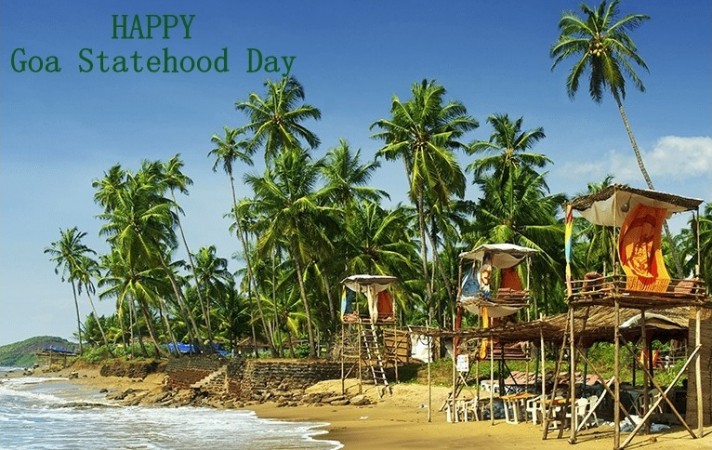
Goa, a small coastal state located on the western coast of India, celebrates its Statehood Day, also known as its "birthday," on May 30th every year.
This special day marks the anniversary of Goa's liberation from Portuguese colonial rule and its subsequent integration as the 25th state of the Indian Union. The Goa statehood day is an occasion for Goans to rejoice in their freedom and reflect on the rich cultural heritage and natural beauty that make Goa a beloved destination for travelers worldwide. This article explores the significance of Goa Statehood Day and highlights the vibrant culture and picturesque landscapes that make Goa a cherished state in India.
Goa has a fascinating history that is deeply intertwined with Portuguese colonization. The Portuguese arrived in Goa in the early 16th century and established a prosperous trade hub. For nearly 450 years, Goa remained under Portuguese rule, making it the longest-held colony in India. However, the struggle for independence gained momentum in the mid-20th century, and on December 19, 1961, Indian armed forces launched "Operation Vijay" to liberate Goa from Portuguese control.
Goa's Integration into the Indian Union: After Goa's liberation, it was placed under military administration until it achieved statehood. On May 30, 1987, Goa was officially recognized as a state within the Indian Union. The statehood marked a significant milestone in the history of Goa, granting it the ability to govern itself and exercise autonomy over its affairs. Since then, May 30th has been celebrated annually as Goa Statehood Day, symbolizing the triumph of freedom and self-governance.
Goa Cultural Splendor: Goa is renowned for its vibrant blend of Indian and Portuguese cultures, which is reflected in its architecture, cuisine, and religious practices. The state is home to numerous churches, temples, and mosques, each showcasing its unique architectural style. The Basilica of Bom Jesus, a UNESCO World Heritage Site, houses the mortal remains of St. Francis Xavier and is a significant pilgrimage destination for Catholics worldwide.
Goa's rich cultural tapestry is also evident in its festivals and traditions. The state celebrates a myriad of festivals throughout the year, including the famous Goa Carnival, Shigmo, and Christmas. These celebrations are marked by colorful processions, traditional dances, music, and a festive atmosphere that engulfs the entire state.
Goa Natural Beauty: Apart from its cultural allure, Goa is renowned for its breathtaking landscapes, pristine beaches, and verdant forests. The state boasts over 100 kilometers of coastline, with golden sandy beaches attracting tourists from all corners of the globe. From the popular beaches of Calangute and Baga to the serene shores of Palolem and Agonda, Goa offers a diverse range of beach experiences to suit every traveler's preference.
Inland, Goa is adorned with lush greenery, rolling hills, and picturesque waterfalls. The Western Ghats, a UNESCO World Heritage Site, is home to the Bhagwan Mahavir Wildlife Sanctuary and Mollem National Park, providing an opportunity for nature enthusiasts to explore the region's rich biodiversity.
Goa Tourism and Economy: Goa's natural beauty, vibrant culture, and warm hospitality have made it a premier tourist destination in India. The state attracts millions of visitors each year, both domestic and international, who come to experience its pristine beaches, indulge in water sports, savor the delectable cuisine, and immerse themselves in the vibrant nightlife.
Tourism plays a vital role in Goa's economy, contributing significantly to employment and revenue generation. The state's tourism infrastructure includes a wide range of accommodations, from luxury resorts to budget-friendly guesthouses, ensuring a comfortable stay for travelers.